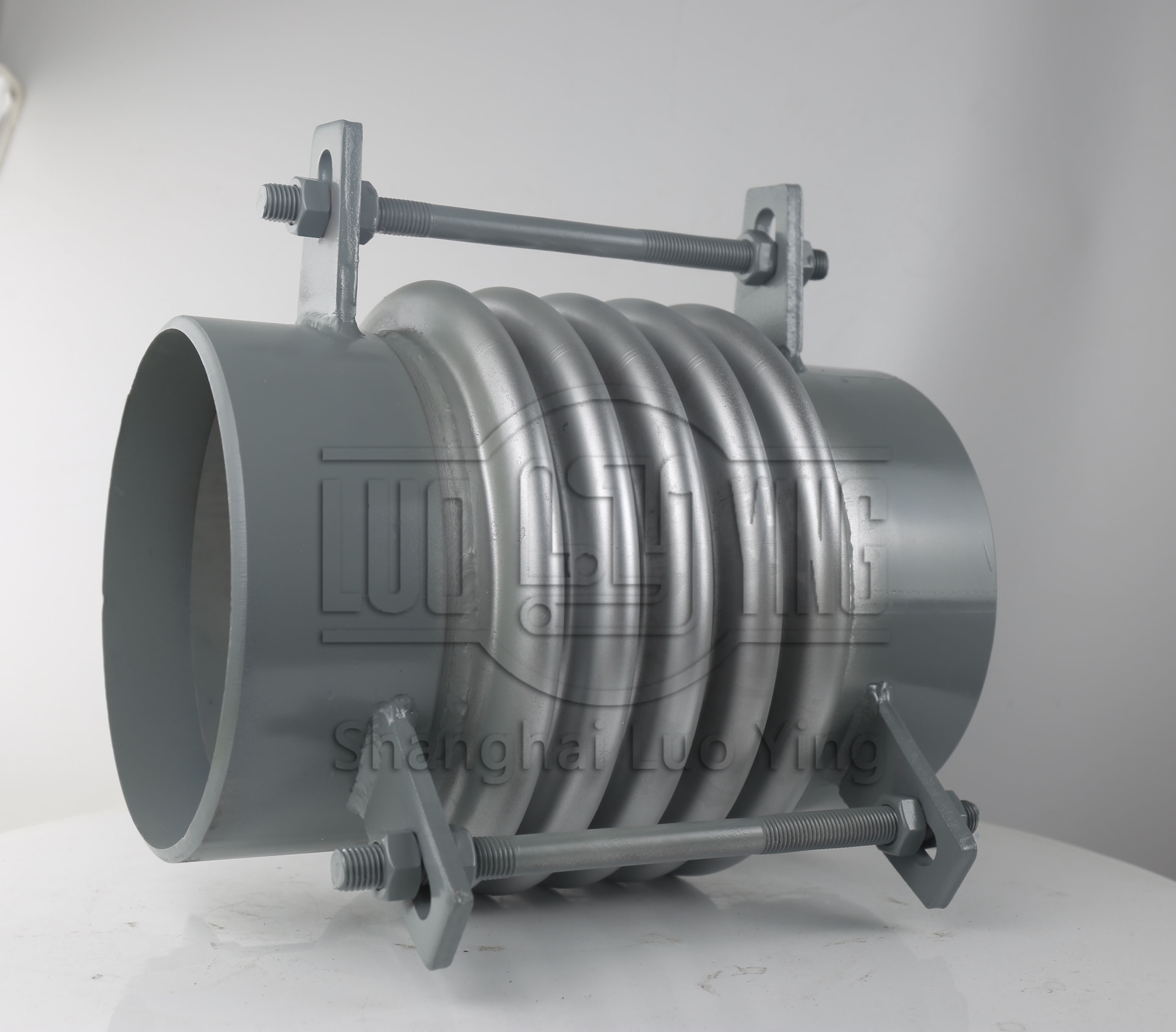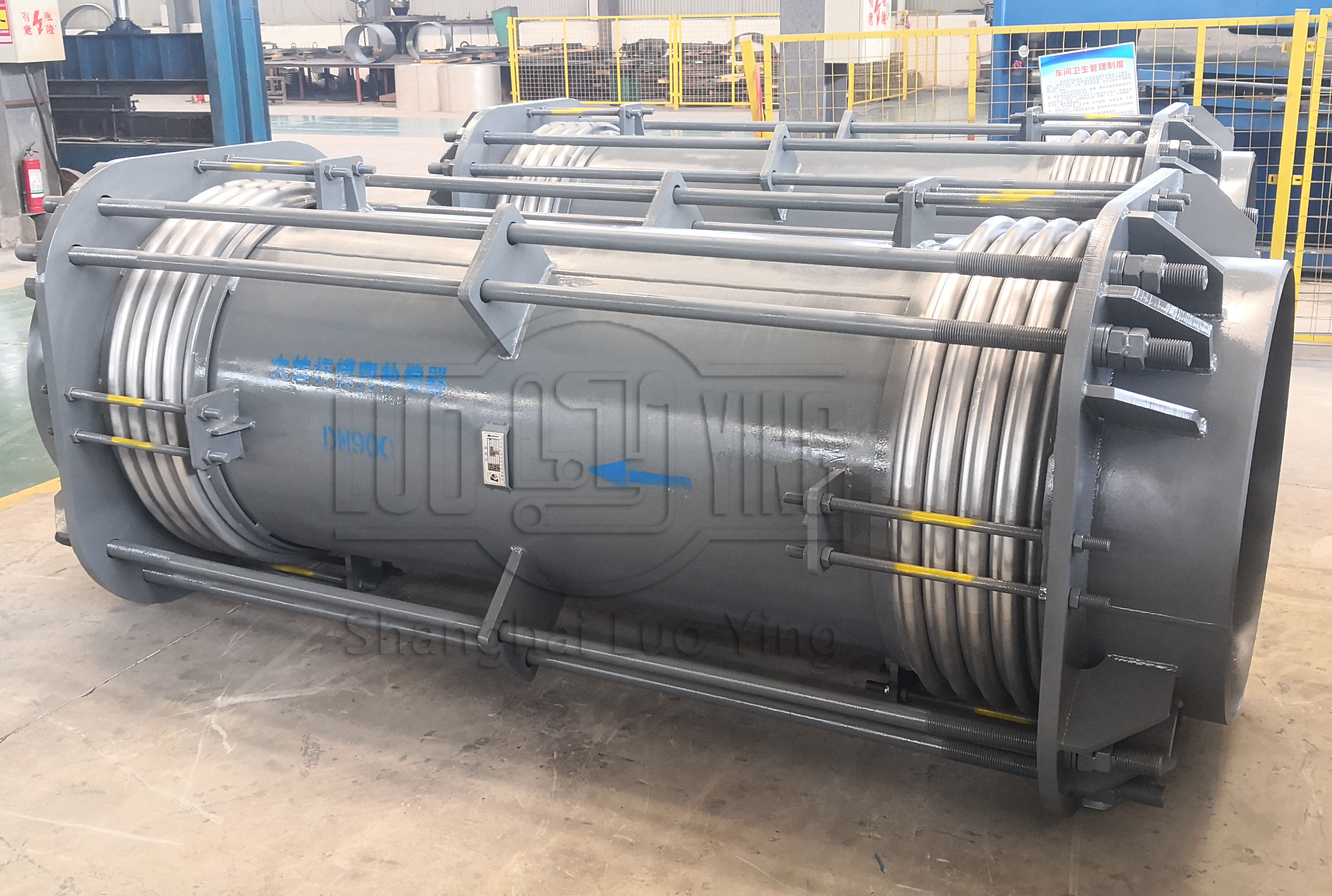Large tie rod corrugated compensator in the installation process need to pay attention to what?
Jul-23-07
Large tie rod corrugated compensator in the installation process need to pay attention to what?When installing a large tie rod corrugated compensator, there are several important factors that should be taken into consideration. Here are some key points to pay attention to during the installation process:
1 . Proper alignment: Aligning the compensator correctly is crucial to ensure optimal performance and longevity. Make sure the compensator is aligned with the pipes it will be connected to. Misalignment can lead to excessive stress on the compensator, potentially causing premature failure or reduced functionality.
2 . Adequate space: Ensure that there is enough space around the compensator to accommodate its movement and expansion and contraction capabilities. Avoid installing the compensator in tight areas or near obstacles that may restrict its movement or cause interference.
3 . Proper support: Large tie rod compensators are often heavy and require proper support during installation. Use suitable brackets, hangers, or supports to securely hold the compensator in place. These supports should be designed to handle the weight and movement of the compensator and should be properly aligned with the pipes to avoid additional stress.
4 . Avoiding excessive bending: During installation, it is important to avoid excessive bending or stressing of the tie rod. Improper handling or excessive force can introduce deformations or weak points that can compromise the functionality and lifespan of the compensator. Handle the tie rod with care and use appropriate tools to minimize bending or twisting.


6 . Connection points: Connect the compensator to the adjacent piping system using the appropriate fittings and fasteners. Ensure that the connections are tight and secure to prevent leakage and maintain the integrity of the overall system. Follow the manufacturer's guidelines and specifications for the correct types of fittings and fasteners to be used.
7 . Proper sealing: Use suitable gaskets or sealing materials at the connection points to ensure a reliable and leak-free installation. Proper sealing is essential for the compensator to function effectively and to prevent potential fluid or gas leakage at the connection points.
8 . Regular inspections: Once the large tie rod compenstor is installed, it is important to conduct regular inspections and maintenance to ensure its ongoing performance and detect any potential issues. Inspect the compensator, supports, and connection points for signs of wear, corrosion, or leaks. Address any issues promptly to avoid further damage or failure.
9 . Compliance with regulations: Ensure that the installation process complies with applicable codes, regulations, and standards. These may vary depending on the specific industry, application, and location. Adhering to the relevant guidelines and regulations will help ensure the safety and reliability of the entire piping system.
In conclusion, the installation of a large tie rod corrugated compensator requires careful attention to alignment, space, support, handling, clearance, connection points, sealing, and compliance. By following these guidelines, you can ensure a successful installation that will optimize the performance and longevity of the compensator in your piping system.

